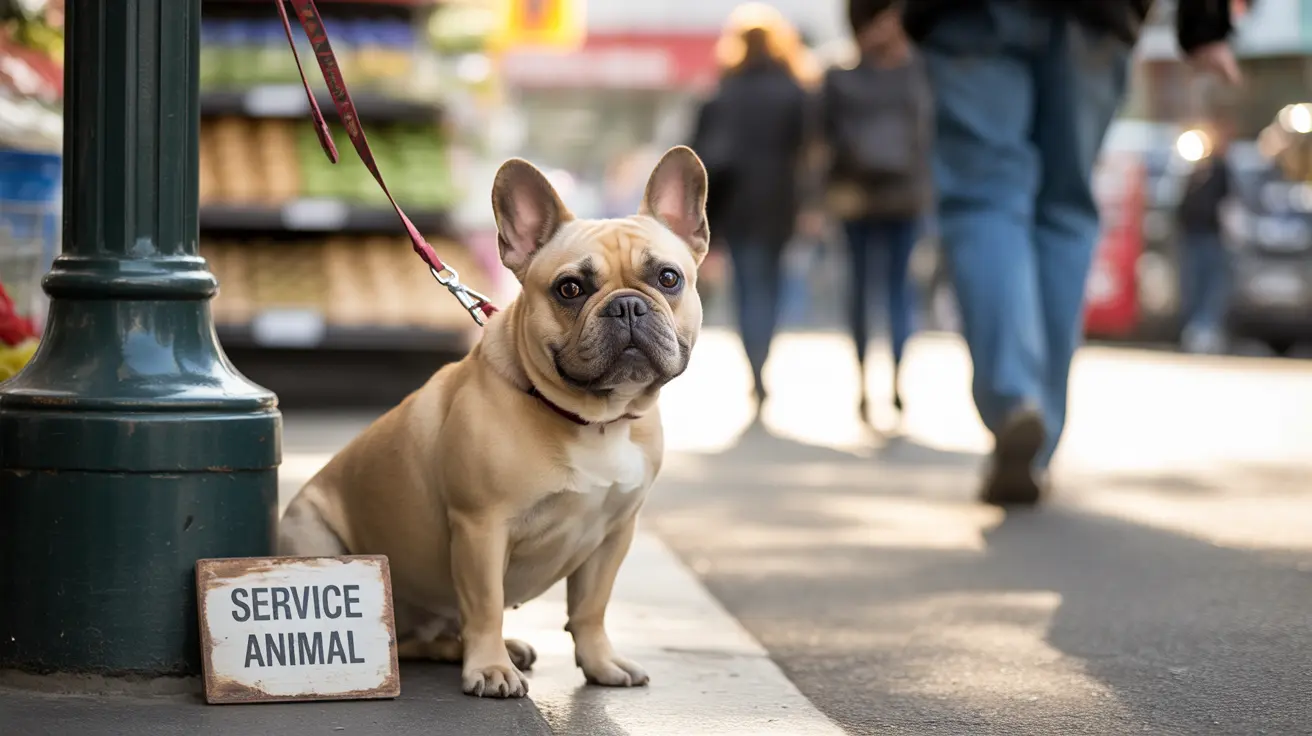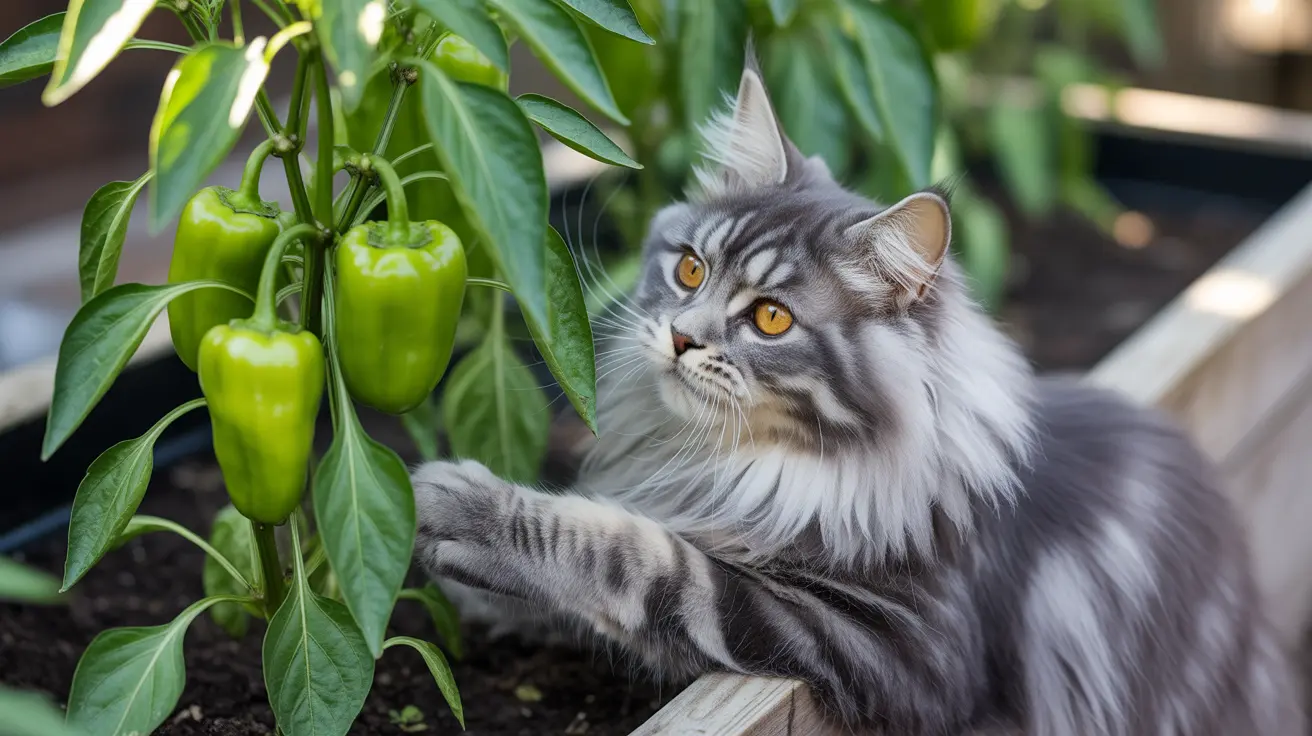The trend of dyeing cat fur has gained attention on social media, but this practice raises serious concerns about pet safety and welfare. Before considering any fur coloring for your feline friend, it's crucial to understand the risks, alternatives, and expert recommendations surrounding this controversial practice.
As a responsible pet owner, you need to be aware that most veterinarians and animal welfare experts strongly discourage dyeing cat fur, citing numerous health and safety concerns. This comprehensive guide will explore the dangers, available options, and important considerations to help you make an informed decision about your cat's well-being.
Understanding the Risks of Dyeing Cat Fur
The primary concern with dyeing cat fur involves the use of chemical products that can be harmful to your pet. Cats are particularly sensitive to chemicals and toxins, making them vulnerable to adverse reactions from dye products. Their grooming habits also increase the risk, as they may ingest harmful substances while cleaning themselves.
Even products marketed as "pet-safe" can pose risks to cats, whose skin is more sensitive than dogs'. Potential complications include chemical burns, allergic reactions, respiratory issues, and systemic toxicity if substances are ingested.
Safe Alternatives and Professional Options
If you're considering changing your cat's appearance, several safer alternatives exist. Pet-specific temporary colors, such as chalk-based products or specialized pet-safe sprays, offer less risky options. However, these should still be used with extreme caution and only after consulting with a veterinarian.
Natural alternatives like food-grade colorants may seem safer, but they should still be thoroughly vetted for safety. Some natural substances that are harmless to humans can be toxic to cats.
Important Safety Precautions
If you decide to proceed with any form of fur coloring, several crucial safety measures must be followed:
- Always consult your veterinarian first
- Perform a patch test 24 hours before full application
- Use only products specifically formulated for pets
- Never use human hair dyes or household colorants
- Monitor your cat closely for signs of distress or adverse reactions
The Ethics of Pet Dyeing
Beyond safety concerns, the practice of dyeing cat fur raises important ethical questions. Many animal welfare advocates argue that subjecting cats to unnecessary cosmetic procedures can cause undue stress and anxiety. Cats are naturally clean animals with their own grooming routines, and interfering with this can impact their well-being.
Consider whether the desired aesthetic effect justifies potentially compromising your cat's comfort and natural behavior patterns. Many regions have even implemented laws restricting or banning pet dyeing practices, reflecting growing concern about animal welfare.
Professional Grooming Considerations
If you're still interested in changing your cat's appearance, working with a professional pet groomer who has experience with cat-safe coloring products is essential. Professional groomers understand proper application techniques and can better recognize signs of distress or adverse reactions.
Frequently Asked Questions
Is it safe to dye my cat's fur with human hair dye products?
No, human hair dye products are extremely dangerous for cats. They contain harsh chemicals that can cause severe skin burns, poisoning if ingested, and other serious health issues. Never use human hair dye on your cat.
What are the risks of using pet-specific dyes or natural colorants on cats?
Even pet-specific dyes can cause skin irritation, allergic reactions, and stress. Natural colorants may be safer but still carry risks of skin sensitivity and can be harmful if ingested during grooming.
How can I tell if a dye is truly safe and non-toxic for my cat's sensitive skin?
Look for products specifically formulated for pets with safety certifications. Always perform a patch test and consult your veterinarian before use. Watch for signs of irritation like redness, swelling, or changes in behavior.
What ethical concerns should I consider before dyeing my cat's fur?
Consider whether the procedure serves any purpose beyond aesthetics, the potential stress on your cat, and whether it respects your pet's natural dignity and autonomy. Many experts consider it an unnecessary risk to the animal's well-being.
How should I care for my cat and respond if it has an adverse reaction after dyeing?
If you notice any adverse reactions, immediately rinse the dye off with warm water and contact your veterinarian. Watch for signs like excessive scratching, skin irritation, lethargy, or changes in behavior.
Remember, your cat's health and well-being should always take precedence over aesthetic considerations. If you're unsure about dyeing your cat's fur, it's best to err on the side of caution and explore other ways to celebrate your pet's natural beauty.






